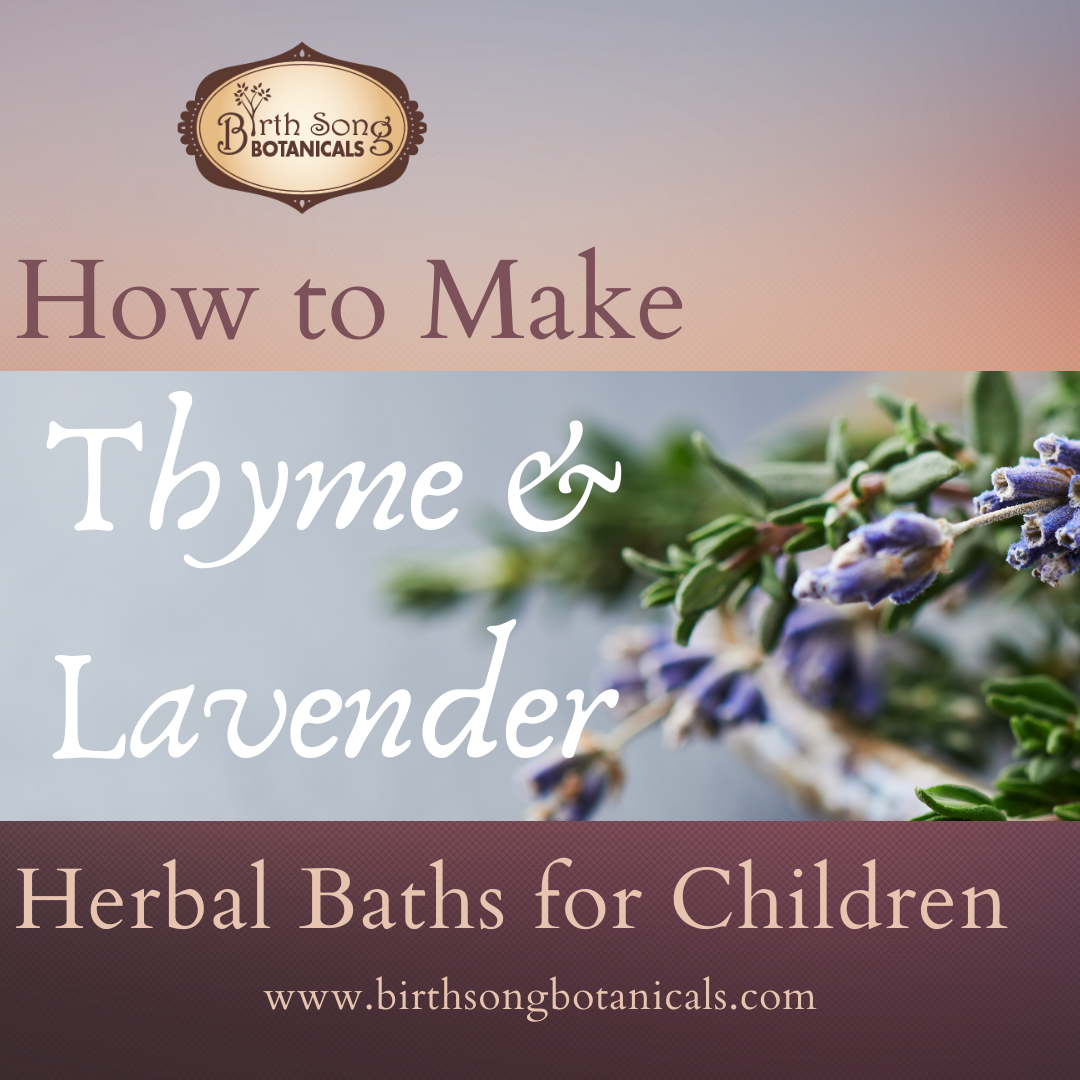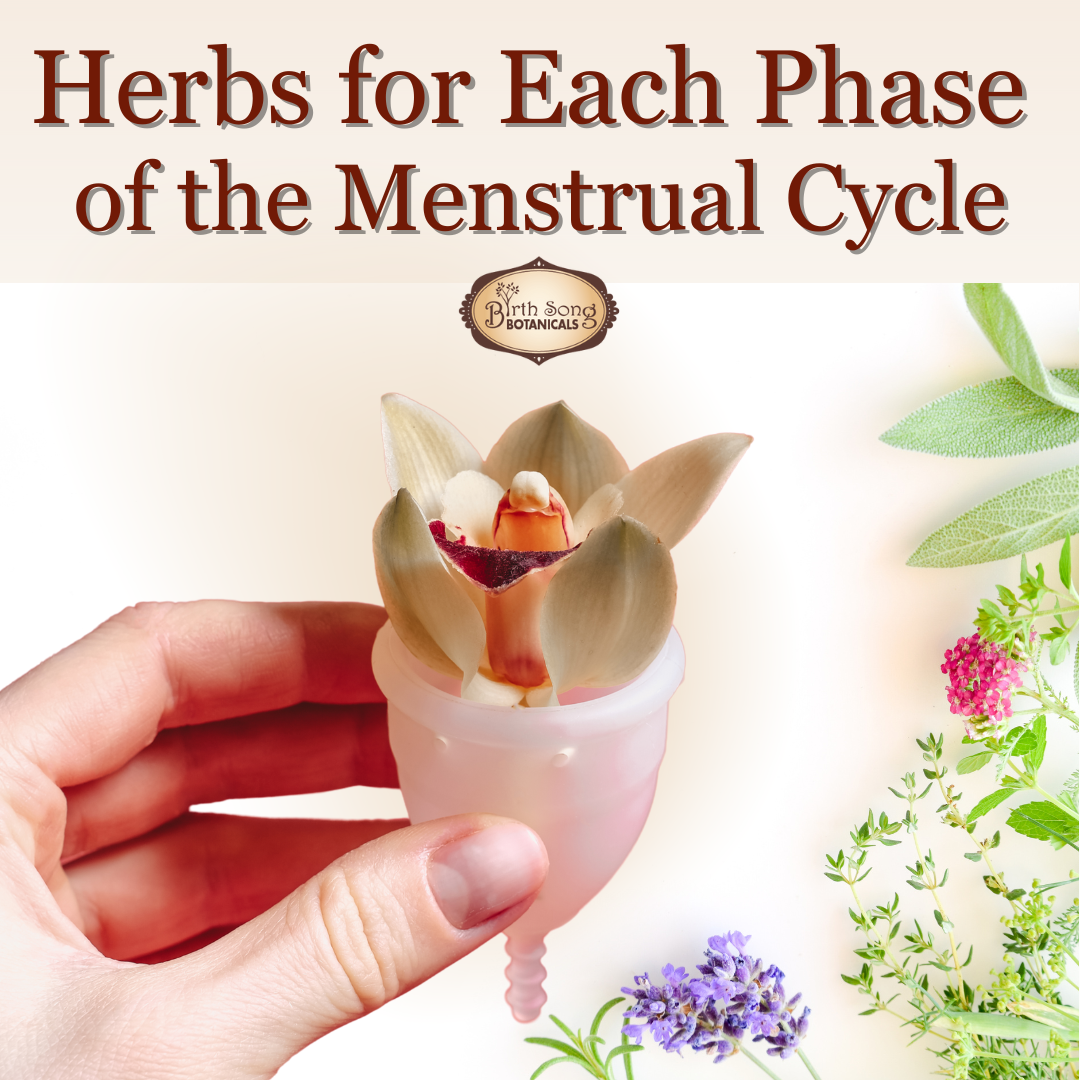Everything You Need To Know About Herbal Baths

Herbs are so versatile! We can prepare them in so many ways! We can eat them, drink them, make them into tinctures, teas, salves, powders, capsules, sprays, compresses, poultices, steams, and, of course, herbal baths.
All About Herbal Baths
Herb baths are a great way for anyone to experience the restorative benefits of medicinal herbs. Did you know that you can infuse herbs into a bath for nearly any ailment? We all know that wonderful feeling of pleasure bumps on your skin as you sink down into warm, healing water. That feeling along with the therapeutic properties and active alkaloids found in herbs is what makes herbal baths so beneficial. You can make a full-body soak in the tub, a small foot bath, or an even smaller sitz bath for your bottom.

Benefits of Herbal Baths
Often, when we are new to herbal remedies, we think only in terms of herbal medicine like capsules, exotic elixirs, or syrups. Remember herbal medicine is an ancient healing art that has its roots in every culture around the globe. It is definitely not a 1:1 replacement for our prescriptions and over-the-counter chemical medications. Rather, herbs are a part of a whole-body approach to healing and healthy living.
When we soak in herb baths, the water is infused with the medicinal compounds of the herbs we’ve chosen. Usually, an herb bath will be filled with anti-inflammatory, antiseptic, immune-boosting or relaxing herbs that stimulate the body’s natural healing processes.
As the largest organ, the skin is both a giant pathway for the healing properties of the herbs to be absorbed into the body. The skin is also a powerful protector for our body, creating a difficult barrier for pathogens to enter our bodies.
The warm water helps to open the pores to hydrate the body and allows the benefits of the herbs to be absorbed into the body. Working with herbs also means that we work with our bodies' own natural processes. In order for herb baths to work, we need to soak for at least 20-30 minutes in the water. This is important to understand because during the first 15 minutes your body is simply hydrating and the next 15 minutes your body is absorbing the active herbal compounds. If you stay in longer than 30 minutes you actually start losing hydration and you will not receive the full benefits that herbal baths offer.
Why Make An Herbal Bath?
There are so many possibilities for the type of herb bath you are going to prepare, it all depends on what you’d like to accomplish. Ask your self these questions to get clarity on your goal: Why are you making an herb bath? Is it to aid in postpartum healing for perineal tears, stitches, and body aches? Are you wanting to make an herb bath because someone has a fever? For a cough, lung congestion, and stuffy nose? Do you want to take a bath to help hydrate you because you are pregnant and are suffering from morning sickness and vomiting? Are you making it so your child can fall asleep better? Are you wanting to relieve aches and pains from bruises, cuts, and scrapes? Do you just have sore muscles and a headache? Or are you wanting to cleanse your energy field and release stored toxic emotions? All of these are great reasons to soak in herbs.
As you can see, herb baths are great for nearly any occasion, but some conditions are especially suited for a good herbal soak, such as:
- Postpartum- recovery, pelvic floor recovery, whole-body restoration
- Newborns- to help dry the umbilical cord, diaper rash, colic, and bonding
- Children- during colds and flu, relieve bug bites, rashes, and growing pains
- Immune boosting- and infection-fighting for all ages
- Cold & flu season- clears congestion, body aches, and breaks fevers
- Lung congestion- clears upper and lower respiratory infections
- Detoxification- releases toxins stored in the skin and organs
- Relaxation- helps relax physical and emotional stress and tension
- Sore muscles- relaxes body aches and pains from injury or tension
- Hemorrhoids- reduces swelling and restores broken tissue and vessels
- Achy feet- relieves pain and invigorates tired and sore feet
- Hand-soaking- soothes aches and pains from arthritis
- Self-Care- make self-care a loving act and a priority

Best Herbs for Herbal Baths:
Choosing the best herbs for your herb bath depends on your answer to the question of why make a herb bath. Once you figure that part out, selecting which botanicals to soak in is easy.
Most of the time I make my baths with dried aromatic, leafy or flower petals. Of course, you can take a bath with fresh herbs too. Honestly, I stick with a few tried-and-true herbs that either stimulate blood flow, boost immunity, are antiseptic and prevent infection, promote cell regeneration, are anti-inflammatory, detoxifying, or relaxing.
A few of my favorites include:
- Thyme- antimicrobial effective against strep- great for kids too
- Lavender- relaxing and great for aches and pains
- Yarrow- powerful first aid, immune-boosting, wonderful for postpartum
- Calendula- soothing for the skin, antiseptic, and joyful
- Peppermint- uplifting and invigorating to the body
- Eucalyptus- clears lung and sinus congestion
- Plantain- soothing for trauma, bruises, and soothes skin
- Ceremonial sage- clears toxic emotions and stagnation
- Dandelion- Detoxifies the body
Here at Birth Song Botanicals, these are our favorite herbal bath blends.

Keep in mind the healing power of ambiance and pleasure when you are selecting and creating your herbal blend. For example, some herbs may be incredibly relaxing and great for tension and pain, but they are very pungent and have an unpleasant aroma. Valerian is a perfect example of this. So either avoid it or include small amounts in your blend with other better smelling herbs, and be sure you are aware of the scent before you choose to soak in your herbs.

When and How to Prepare Herbal Baths:
Herb baths can be prepared in full soaking tubs, in smaller amounts like a sitz bath, or a foot bath. Consider what benefits you’d like to get from the bath and whether you just need to soak part of your body or could benefit from a full bath.
To prepare an herb bath, simply brew a strong “tea” from a cup or two of dried herbs for a full bath. You might also add salts. If you use essential oils, be sure to choose gentle oils and then stir them into salts first, as oil and water do not mix. The salts will help them to disperse more evenly.
For a stronger bath, put the herbs into a satchel of cheesecloth or a pantyhose sock and tie it securely, then place that directly into the bath. Once you are in the bath, massage the herb bundle to release even more of the therapeutic properties of the herbs.
I hope you can see just how easy making an herb bath is and more importantly how many conditions can be addressed with the simple things in life. Water, heat, and herbs.
Until next time, my friends, drink deep and always walk in beauty!
Hugs,
Maria
🌿
🌿 Want More? Check these out! 🌿
Herbs For Kids Ebook and Online Course
Herbal Remedies for Back to School
When to Seek Medical Help if Your Child Is Sick
Natural Oral Rehydration Therapy for Rotavirus and Norovirus
Herbal Earache Remedies- Video Series
RSV From Mild to Severe What You Need to Know
Calming Coughs & Colds With Elderberry & Thyme
Everything You Need To Know About Herbal Baths
4 Herbs that Soothe Teething Symptoms
Children at Birth- Should you have your kids with you when you give birth?
How to Make DIY Elderberry Syrup Your Whole Family Will Love
Elderberry: Herbal Respiratory Support for Cough, Cold, and Flu Symptoms
4 of the Best Immune Boosting Herbal Teas for the Cold and Flu Season
Treat Childhood Fevers with Herbs
How To Treat A Fever With Herbs and Hydrotherapy
What Is A Fever? Is it a Friend or Foe?
When To Seek Medical Attention for a Fever
Three Herbal Remedies to Help You and Your Children Fight a Cold
Guide To Children's Coughs, Colds & Flus
Making a Children's Herbal Travel Kit
The Benefits of Using Herbs for Kids
Soothe an Upset Stomach with Herbs
5 Herbal Cough Remedies For Kids
Stay Healthy As You Travel with Kids This Holiday Season
Earache Relief Oil: What's Behind The Blend?
The Birth Song Botanicals Guide to Thyme
Immune Boosting Herbs for Kids
Everything You Need to Know About Herbal Tinctures
Plantain: Nature's Best Anti-Itch Bug Bite Relief Remedy
How To Treat A Sunburn Naturally
Making Herbal Food with Astragalus Root
The Origin Story of Birth Song Botanicals
Would You Like My Help Choosing the Herbal Remedy Specifically For you?
Remember to:
Like our Birth Song Botanicals Facebook Page
Follow Birth Song Botanicals Co. on Instagram
Read our Birth Song Botanicals Blog
Watch Birth Song Botanicals on Youtube
Listen to Birth Song Botanicals on SoundCloud
Be inspired by Birth Song Botanicals on Pinterest





